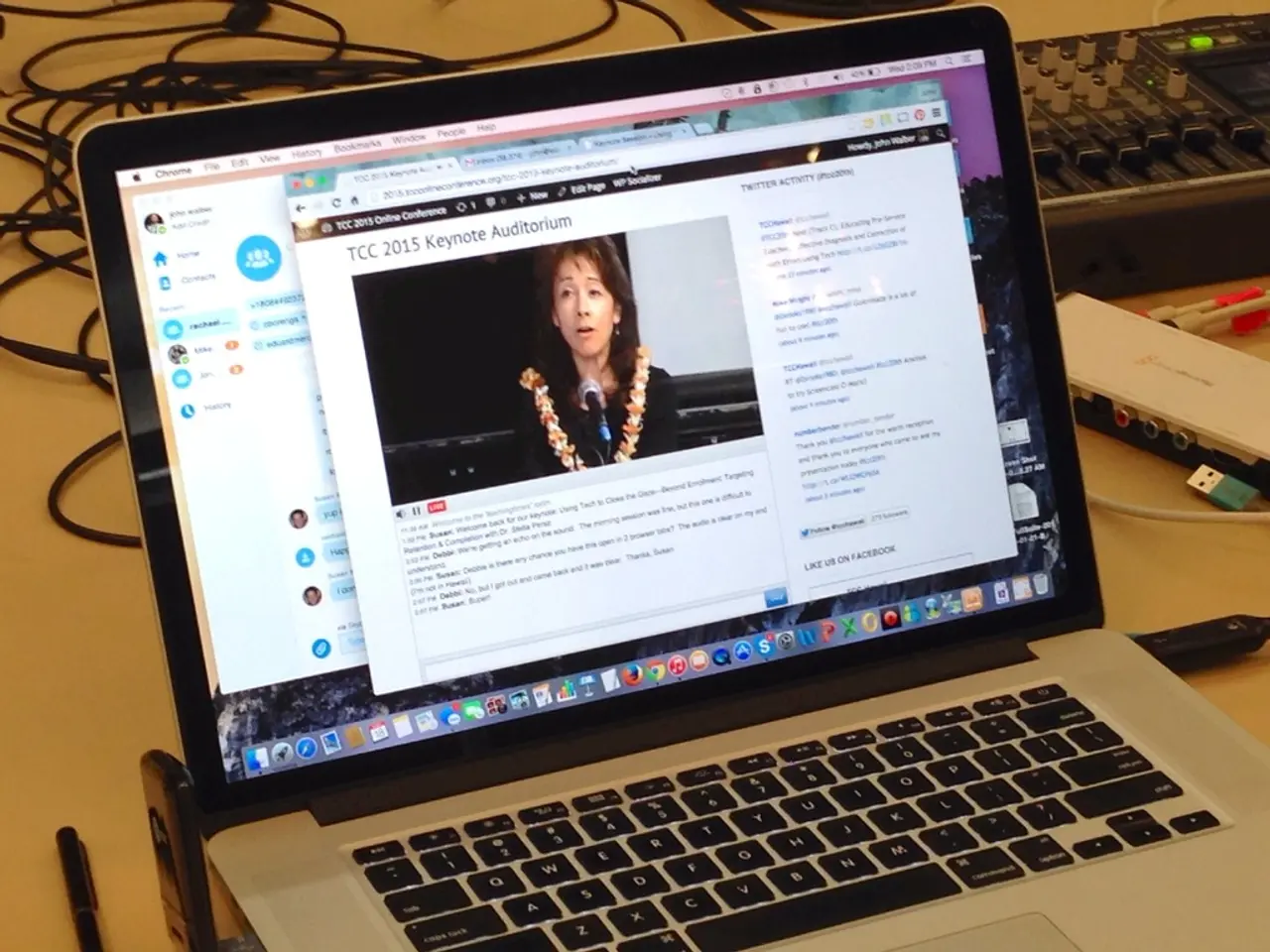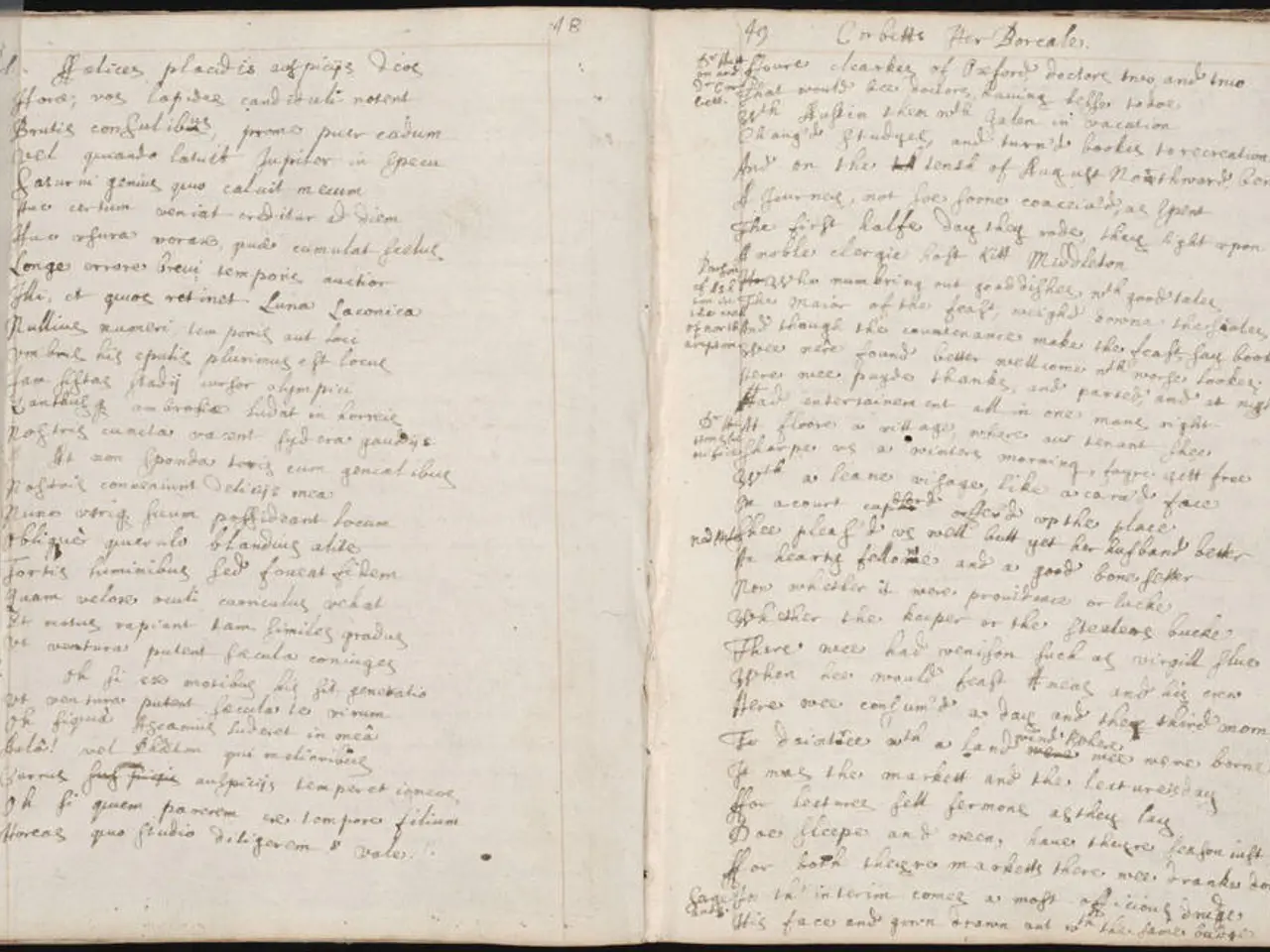Uncover Easy Methods for Capturing Acoustic Guitar Sounds
### Capturing the Acoustic Guitar's Rich Tones: A Guide to Microphone Selection and Positioning
Recording an acoustic guitar requires careful consideration of microphone types and placement to capture its nuanced sound. In this article, we delve into the world of microphones suitable for acoustic guitar recording, providing recommendations for popular models and offering guidance on optimal positioning.
#### Microphone Types for Acoustic Guitar Recording
Two primary types of microphones are commonly used for recording acoustic guitars: condenser and dynamic microphones.
**Condenser microphones**, appreciated for their sensitivity and wide frequency range, are preferred for their ability to pick up detailed, nuanced sound. They produce a clear, natural tone, making them ideal for studio settings.
**Dynamic microphones**, on the other hand, are more robust, less sensitive, and better at handling loud sources or isolating the guitar in noisy environments. They can deliver a more aggressive or focused sound and are great for live or budget setups.
#### Recommended Microphone Models
- The **Shure SM57** (Dynamic, cardioid pattern) is a classic, reliable, and affordable option that captures a clean, natural sound with good rejection of background noise. It's especially useful when durability and isolation are important.
- The **Neumann KM184** (Small diaphragm condenser) is highly regarded for its clear, warm, and natural reproduction of acoustic guitar tones, ideal for both live and studio use.
- The **Shure KSM44A** (Large dual diaphragm condenser) is known for capturing every subtlety of acoustic instruments with exceptional clarity and detail, suitable for high-end studio recordings.
Other notable dynamics include Sennheiser e906 and Beyerdynamic M160, but condensers generally take precedence for acoustic guitars in controlled environments.
#### Microphone Positioning for Acoustic Guitar
Proper placement of the microphone is crucial for capturing a balanced, clear tone. A general guideline is to position the microphone about 6 to 12 inches from the guitar. Closer placement captures more detail and body resonance; farther can add natural room ambience.
- Pointing the mic near the **12th fret** (where the neck meets the body) provides a balanced tone of both strings and body resonance. - Positioning towards the guitar’s **sound hole** emphasizes bass and warmth but can risk boominess. - Combining placements (e.g., one mic near the fretboard and another near the body) on separate tracks can capture a fuller sound.
- Angle the mic slightly off-axis (not pointing directly at the sound hole) to reduce boominess and capture more natural tone. - Side-address mics (like the Shure KSM44A or Neumann KM184) are positioned sideways relative to the sound source and excel at capturing acoustic guitar nuances.
#### Additional Tips
- Experiment with mic placement slightly to find the sweet spot for your guitar and playing style. - Using a combination of a condenser and dynamic mic can add depth and character to the recording. - Room acoustics affect the sound captured; natural reverb or treated rooms help shape tone. - Ensure a quiet environment to fully utilize condenser mics’ sensitivity.
In conclusion, condenser microphones like the Neumann KM184 or Shure KSM44A are best for detailed acoustic guitar recording, with dynamic mics like the Shure SM57 serving well in live or budget contexts. Position the mic near the 12th fret about 6-12 inches away, slightly off-axis, for a clear, balanced tone. Happy recording!
- When recording an acoustic guitar, careful consideration of microphone types and positions ensures the capture of the nuanced sound.
- Condenser microphones, known for their sensitivity and wide frequency range, are preferred for studio settings due to their ability to pick up intricate details.
- Dynamic microphones are more robust, less sensitive, and better for handling loud sources or isolating the guitar in noisy environments, providing a more aggressive or focused sound.
- The Shure SM57, Neumann KM184, and Shure KSM44A are recommended microphone models for acoustic guitar recording, each with their own strengths and applications.
- Proper mic placement near the 12th fret, about 6 to 12 inches away, slightly off-axis, provides a clear, balanced tone for the acoustic guitar.
- Experimenting with microphone placement, using a combination of condenser and dynamic mics, and considering room acoustics can all contribute to capturing a rich, full sound during home or studio music production.




